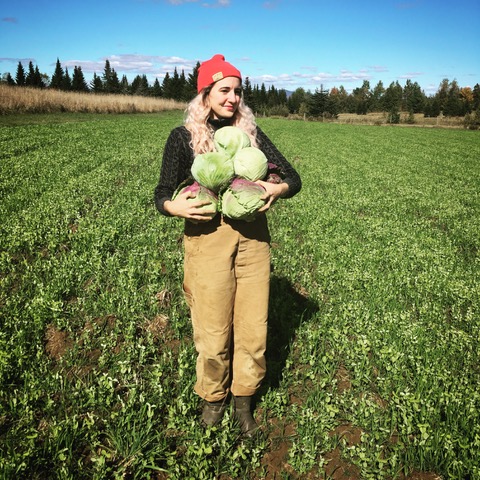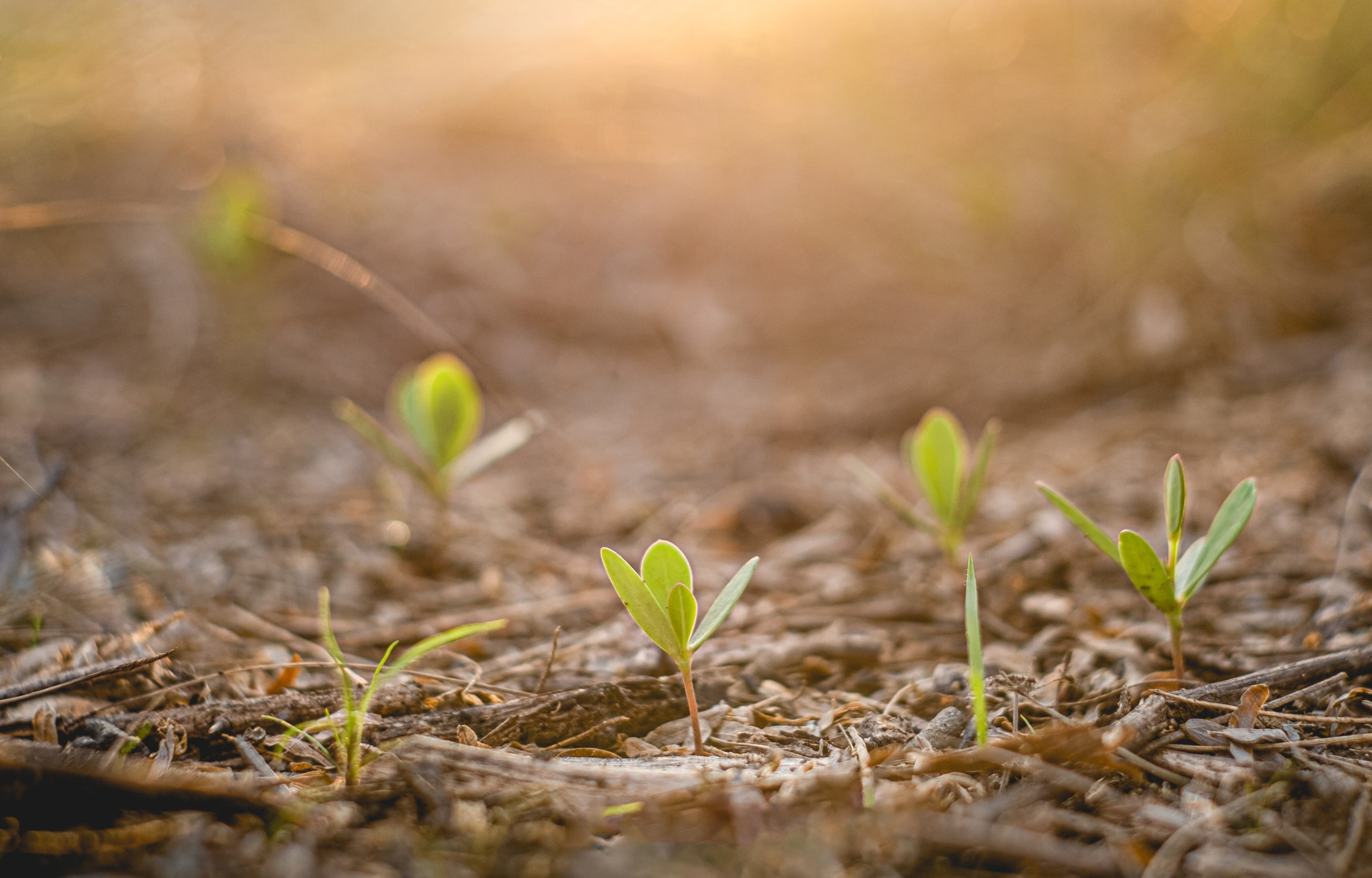
Frost and early snow over the last month and the last of the brown and yellow leaves are subtly transforming the scene in these Northern Vermont hills. This time of year finds my hands in cover crop seed, filling buckets and casting out the diverse blends like rains over prepared land. This is the first year I have planted certified organic cover crops, a luxury I never experienced in the South where access to such tools was limited, expensive, and impractical for the lean earnings of a small, diversified farm. These tools and the well established networks that exist in this region are all benefits of the evolution of a small holdings agrarian culture.

The French, English, Irish, and Scottish settlers that came to this region rooted themselves tightly into the small, carved out hill tops and valleys that remained as the fertile byproducts of receding glaciers and ancient lake beds. The Abenkai, Cowasuck, Sokoki, Pennacook, Mahican, Pocomtuc, and Missiassik people were systematically forced off of their ancestral lands and this displacement was echoed across North America as the invasive immigration of Europeans began to change the landscape forever. The settlers themselves were often running from the oppressive rules of their homelands and used the privileges of Imperialism to get on boats and start new futures on foreign lands.
The European colonization of the continents funneled resources from all over the globe to fuel industries and develop the material culture necessary to claim ownership of people, places, and the untapped, abundant resources of the natural world. The momentum of this material boom is still very much a part of the governments and power systems that exert their influence over people and land today. As the material notions of land tenure as a private monetized commodity were brought to the Americas with the Europeans, the Indigenous systems of land tenure based on stewardship and shared access were eliminated through manipulative treaties and the outright seizing of Native lands.
The evolution of white capitalism in the United States has benefitted a select few while masterfully oppressing the greater majority. Though the inhumane plantations that relied on enslaved African people to produce their commodities were forced to release their captive workers following the civil war, the residual power structures of colonization remain. White owned industries have been responsible for dispossessing 98% of African American agricultural landowners in the United States.
As industries have continued to draw profits from the resources extracted from the land and people, the artistry of farming that was brought to this country by immigrants, and slaves, and adapted from the techniques of Indigenous peoples, has been polluted by the mechanism driven industrial agriculture model designed exclusively to promote exponential economic growth. This short sighted scheme based on the selling of heavy equipment, concentrated inputs, and vast arrays of crudely made, specialized tools treat the Earth as if it is simultaneously embodying two extremes: a never-ending faucet of raw materials and an infinitely fillable trash can.
This model has not only perpetuated laws that rip People of Color from their lands and agricultural heritage, forcibly assimilating and urbanizing them, it has also coaxed many others into the complacency and groundlessness of a life lived one step removed from surviving by deriving sustenance from the land. As communications and technology reach a fever pitch in our culture, people are lost in the day to day chaos of trying to take care of their loved ones, meet the modern expectations of their jobs, and do whatever is necessary to continue to stay ahead of the continually rising cost of living.
The consolidation of farmland happening at a rapidly increasing pace is a direct threat to our collective well being, our collective rights, and the already intense strain being put on the ecological communities that moderate climate on Earth. As the symptoms of a dying planet grow beneath our feet, run through our streams, and collect as smog in our storm ridden skies, we are being forced to reconcile the ways in which the growth of our societies has removed balance through the inequitable accumulation of resources, capital, and land.
Suddenly this overwhelming surge of material power, that had for a long time been seen as the status quo, is being felt by its beneficiaries. The homeostasis of the Earth has begun to falter and the grim realities of climate change offer dangers for us all. Our current situation demands that power be retrieved from the isolated few and be equitably redistributed to the communities that have the skill sets and heritage necessary to rekindle our connection to the life giving properties of our Earth.
This is no easy task. It will demand a significant reimagining of life and exchange between human beings and ecological communities the world over. Our withering agrarian framework will need to be rebuilt through a shared understanding of the importance of carbon sequestration, soil health, and the preservation of tracts of wilderness that connect global bioregions together like a web and allow the Earth to develop the ecological integrity needed to replenish its essential resources.
From the deeply entrenched European concept of dominion over commoditized land, a new more inclusive model must be born that helps to heal and rectify land traumas carried by People of Color, Indigenous Communities, impoverished rural communities being forced from their family land at alarming rates, and those who are more and more removed from any connections to the land. This model must bring the wealth that has been repeatedly extracted from ecologies and cultures across the world and reinvest it back into the health and regeneration of native habitats and local agrarian populations.
This new local Agrarian Commons model cannot be created through the same ideologies and power structures that have fostered the exploitative model we have today. At Agrarian Trust, the development of the new Agrarian Commons is at the forefront of the mission; to hold precious farmland and agricultural assets in a trust for its best use and to chart a new way forward for the preservation, stewardship, and tenure of farms within the communities that make them successful and sustainable. The local Agrarian Commons are multiple 501c2 and 501c25 community based land holding entities across the country that hold equity, authority, and self-determination at the local level farmland and other agrarian property and assets for the benefit of soil, ecosystem, agriculture, community and agrarian enterprise. The local Agrarian Commons provides long-term equity lease of farmland and property to farmers and other agrarian enterprises, who are then part of governing the Agrarian Commons as part of the leaseholding community stakeholder.
The relationship between national 501c3 Agrarian Trust, multiple local community 501c2 or 501c25 Agrarian Commons, and all the lease tenure holders provides a framework for shared and diversified support and investment into ecological stewardship and farm viability. This multiple layered relationship of organizations allows national and local community to be considered, equity to be held on and in land by the local commons, collective focus and support on sustainable food production agriculture, and regenerative investment and stewardship of soils, ecosystem, farm viability, and agrarian community.
Unlike farm leases and farm sales that distort land value in the commercial real estate market, the Agrarian Commons endeavors to observe the value brought into the land through proper stewardship and reward elder farmers for their efforts in preserving a regenerating ecology. These commons will be made accessible to communities that have been continually restricted from mainstream land development schemes with the intent of honoring all whose cultural traditions bring them in communion with living landscapes.
As I watch my fields transition from sprouting seeds to lush green mats of newly germinated rye and vetch, I am in awe of the powers inherent in the natural world to take a place that has suffered the abuses of the plow and restore the ecological resilience that builds healthy soil, stores nutrients, and provides for abundant growth. Every season I am confronted with my own exploits of the field and I am called to reconcile the destruction with equal measures of restoration. It is through this transformation that takes place at the end of all things, season after season, that I have my hope restored.

Feeling the guilt of my own privilege and the fragility of my whiteness as I move through the world, I try and open myself to the needs of the ecological and human communities around me and get honest with myself about my easy path of purchased land and access to resources. All who choose to carry agriculture forward with their bodies and minds are tired and underserved and it is easy to mistakenly assume that the hardships of your life are unknown to the world as it moves steadily along. To truly bring the power back into the landscapes to provide for the human population in perpetuity, we must grieve and resolve the suffering caused by our ancestors, break the generational traumas that perpetuate injustice, and share our successes and resources with all as if we were a unified one.
Just like all transitions in this realm, it is a progression that can develop momentum. Out on the outskirts of my field, a caterpillar steadily eats away all of the leaves of a milkweed plant. Just before the plant is reduced down to twiggy fragments, the caterpillar will build a chrysalis and begin to transform into a butterfly. Our society is just about to finish every last bite of our nutritious Earth and we are being beckoned into our chrysalis. So long as we choose to heal old wounds and open ourselves up to reconciling past mistakes, we have the opportunity to transition into something incomprehensibly beautiful and weightless upon the regenerative potential of our living Earth.


